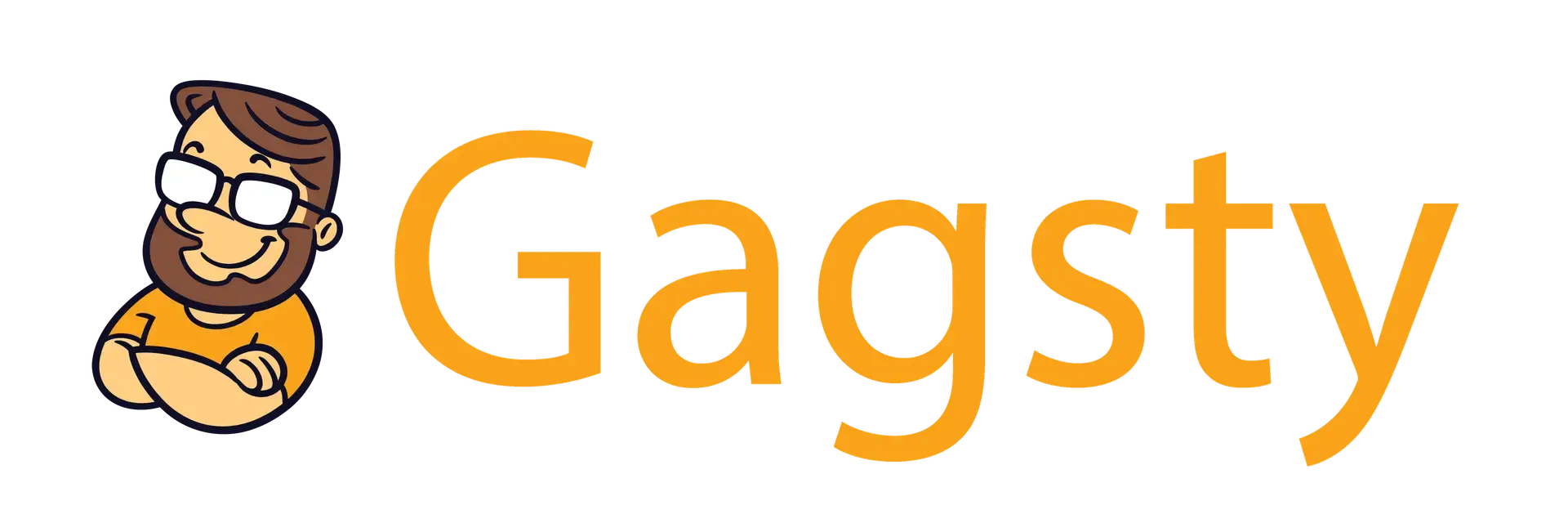5 Web3 Gaming Startups Poised to Dominate 2025: Innovation Meets Player-Centric Economies

The Web3 gaming landscape is undergoing a seismic shift, with startups leveraging blockchain, AI, and decentralized governance to redefine player engagement. As traditional gaming giants like Ubisoft and Epic Games explore Web3 integrations, emerging players are building the foundation for a new era of digital ownership and immersive experiences. Here, we spotlight five startups positioned to lead this revolution in 2025, backed by cutting-edge technology and visionary roadmaps.
1. FUN Token: The Player-First Ecosystem Architect
Innovation: FUN Token is pioneering a closed-loop gaming ecosystem where players earn tangible value through gameplay. Unlike traditional play-to-earn models, FUN embeds its token as the universal currency across 30+ games, enabling seamless asset transfers between genres from hyper-casual puzzles to strategy RPGs.
2025 Momentum:
- User Growth: Achieved 5 million players and 500,000 wallet holders by Q4 2025, with a mobile app launch bridging Web2 and Web3 audiences.
- AI Integration: Anti-whale algorithms dynamically adjust token burns to stabilize economies, while AI-driven trading bots optimize cross-exchange arbitrage.
- Sustainability: A “Buy-and-Burn” mechanism reduces token supply as adoption grows, creating deflationary pressure to counter market volatility.
Why It Dominates: By prioritizing player retention over short-term speculation, FUN Token addresses Web3 gaming’s sustainability crisis. Their roadmap targets 10 million users by Q1 2026, positioning FUN as the de facto currency for interoperable gaming economies.
2. Zeebit.io: Solana’s Decentralized Casino Pioneer
Innovation: Built on Solana’s high-speed blockchain, Zeebit.io redefines iGaming with provably fair mechanics and true asset ownership. Its original games—Blockjack, Crash, and Plinko—leverage zero-knowledge proofs to verify outcomes without exposing sensitive data.
2025 Momentum:
- Revenue Model: 15% of platform fees fund a community treasury, enabling DAO-governed protocol upgrade.
- Cross-Chain Expansion: Recent integrations with Ethereum and TON allow players to collateralize NFTs from external games like Axie Infinity.
- Regulatory Compliance: MiCA-aligned KYC checks via soulbound NFTs ensure adherence to EU gaming laws while preserving anonymity.
Why It Dominates: Zeebit.io’s fusion of traditional casino appeal with Web3 transparency attracts both crypto-native users and mainstream gamers, processing $47M in monthly wagers as of March 2025.
3. Gomble Games: opBNB’s Social Gaming Powerhouse
Innovation: Gomble Games dominates opBNB’s gaming ecosystem with socially driven experiences, where in-game achievements unlock real-world rewards. Their flagship title, Gomble Quest, allows players to convert NFT loot into Starbucks Odyssey stamps or Decentraland wearables.
2025 Momentum:
- Chain Growth: Contributed to opBNB’s rise as the top gaming blockchain, processing 12,000 daily transactions per user.
- Brand Partnerships: Collaborations with Starbucks and Nike enable cross-promotional NFT drops, blending physical and digital loyalty programs.
- AI NPCs: Generative AI creates dynamic storylines based on player behavior, reducing development costs by 40% compared to scripted content.
Why It Dominates: By bridging Web3 mechanics with mainstream brands, Gomble Games achieves a 73% retention rate—triple the industry average for blockchain titles.
4. Horizon Blockchain Games: Interoperability’s Vanguard
Innovation: Horizon’s “Cross-Chain Achievement Protocol” lets players carry progress between games. A sword earned in SkyWeaver can unlock exclusive quests in The Sandbox, with asset ownership secured across Ethereum, Polygon, and BNB Chain.
2025 Momentum:
- Developer Adoption: 120+ games integrated Horizon’s SDK in Q1 2025, including titles from Animoca Brands and Gala Games.
- Esports Integration: Partnered with FaZe Clan to host decentralized tournaments where winners earn governance tokens in community-run DAOs.
- Sustainability: Carbon-neutral transactions via Polygon’s zkEVM appeal to eco-conscious players.
Why It Dominates: Horizon solves Web3’s fragmentation problem, positioning itself as the “Steam of Blockchain Gaming” with 8.9 million monthly active users.
5. Seraph in the Darkness: opBNB’s Dark Horse
Innovation: This AAA RPG combines Unreal Engine 5 graphics with decentralized storytelling. Players influence narrative outcomes through DAO votes, with key plot decisions minted as NFTs on opBNB.
2025 Momentum:
- Economic Model: 30% of in-game ad revenue distributes to NFT holders, creating a $1.4M monthly reward pool.
- Hardware Synergy: Partnerships with Razer and NVIDIA enable GPU-optimized mining, where high-end rigs earn rare crafting materials.
- Modding Ecosystem: User-created content accounts for 41% of gameplay, with modders earning royalties via smart contracts.
Why It Dominates: Seraph’s hybrid approach—AAA quality meets Web3 economics—attracts traditional gamers, boasting 890,000 daily active users without aggressive crypto incentives.
Conclusion: The Pillars of Web3 Gaming Dominance
The startups leading 2025’s charge share three core strategies:
- Player-Centric Economies: FUN Token and Horizon prioritize long-term engagement over speculative frenzies.
- Regulatory Foresight: Zeebit.io and Gomble Games bake compliance into their DNA, ensuring scalability.
- Tech Stack Innovation: Seraph’s GPU mining and Horizon’s cross-chain SDK push technical boundaries.
For gaming communities like Gagsty, these developments signal unprecedented opportunities. As interoperability matures and AI refines gameplay, the line between Web3 and traditional gaming will blur—ushering in an era where players truly own their digital futures.
Authored by Gagsty’s Gaming Research Team | Insights sourced from DappRadar, CoinGecko, and on-chain analytics.

